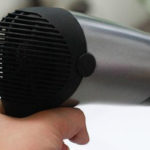Washing machines have become an indispensable appliance in every household, thanks to their ability to efficiently clean clothes in no time. However, after using the washing machine for a while, you may notice that your freshly washed clothes are covered in lint and look dirty.
This is likely due to the buildup of dirt, lint, and grime in your washing machine over time. Let’s explore some tips to clean your washing machine and prevent your clothes from getting covered in lint!
1. Ingredients You’ll Need
- 1 cloth
- 1 bottle of vinegar
- 50 – 100g of baking soda
2. Step-by-Step Guide
Step 1. Dampen a cloth with a small amount of vinegar.
Step 2. Use the cloth to wipe down the inner surfaces of the washing machine, and let it sit for 2 hours to allow the vinegar to penetrate and loosen dirt.
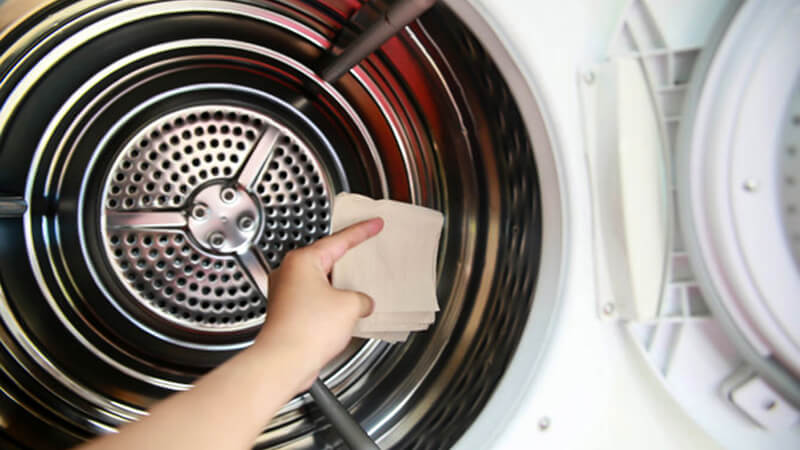
Wipe down the inner surfaces of the washing machine and let the vinegar work its magic
Step 3. Fill the drum with water and add baking soda. Set the machine to a wash, soak, or self-clean cycle (if available). Wait until the water is clear and drain it completely.
If you regularly clean your washing machine, it is recommended to perform this cleaning routine periodically, about 2-3 times a month, to maintain your machine and keep your clothes in good condition.
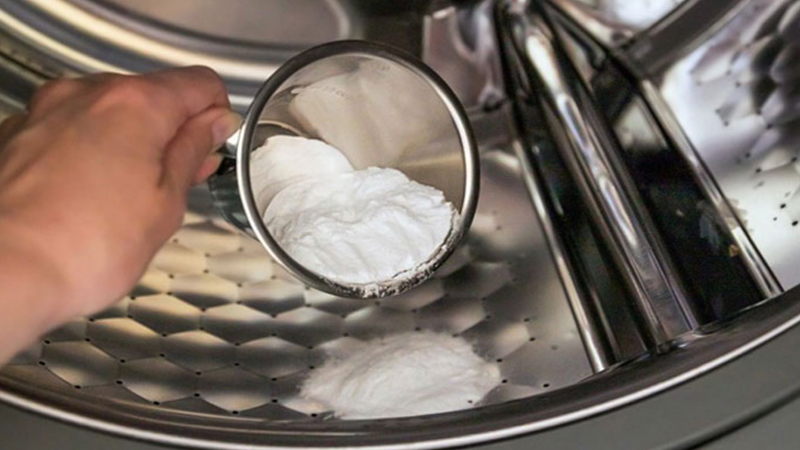
3. Tips to Prevent Lint on Clothes
Regularly Clean the Lint Filter
All washing machines, regardless of brand or model, have a lint filter. This component is known for trapping dirt and lint from your laundry.
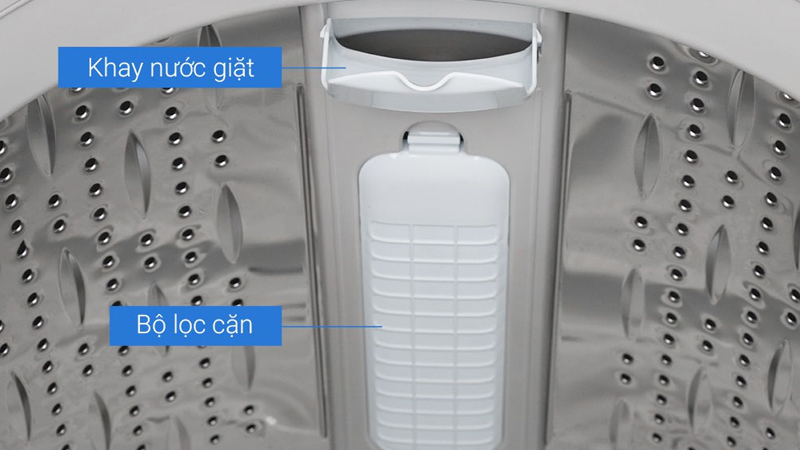
Daily use of the washing machine can cause a buildup of lint and dirt in the filter, which can eventually find its way back into the drum and onto your clothes. Therefore, it is essential to clean the lint filter regularly, at least once a week or 2-3 times a month.
How to Clean the Lint Filter:
Step 1. Start by removing the lint filter and using your fingers to remove any visible dirt or lint.
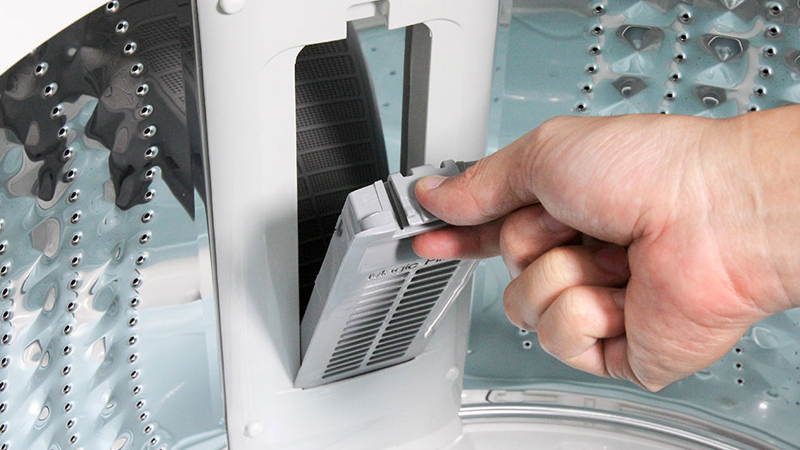
Step 2. Drain the water from the hose and gently brush the lint filter to remove any remaining dirt.
Pro Tip: Check out these 14 tips to use your washing machine more efficiently and save energy.
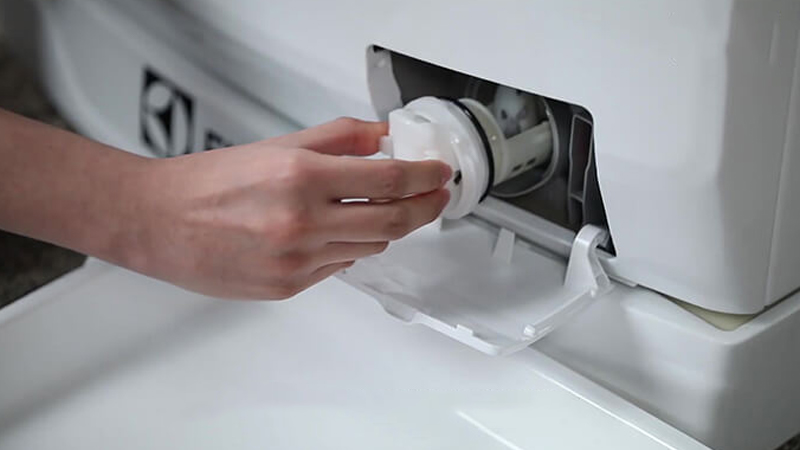
Step 3. Place the lint filter in a well-ventilated area and let it air dry before putting it back in the machine.
Check Pockets for Tissue or Paper
It’s easy to forget about tissues or paper in your pockets, but leaving them in during the wash can cause a mess. Even a small piece of tissue or paper can disintegrate into tiny pieces, sticking to your clothes and becoming difficult to remove.
If your clothes are covered in tiny pieces of paper, follow these steps to clean them effectively:
Step 1. Wrap a wide piece of tape around your hand, making sure the sticky side is facing out.
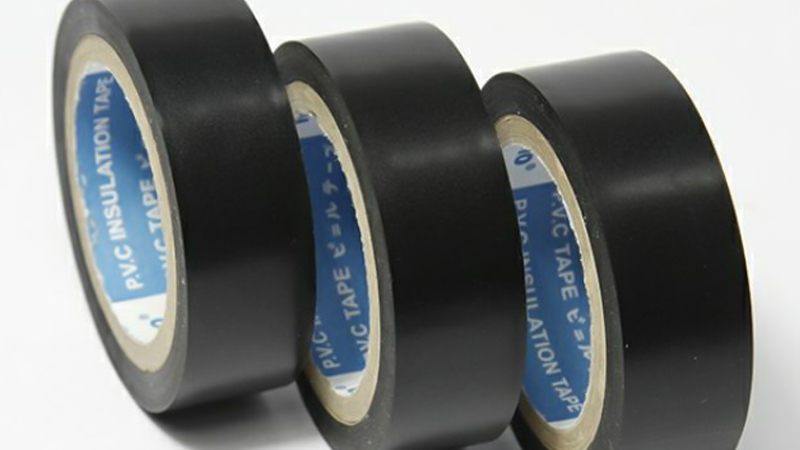
Step 2. Lay out the affected clothing and use the tape to remove the paper pieces by rolling it over the fabric.
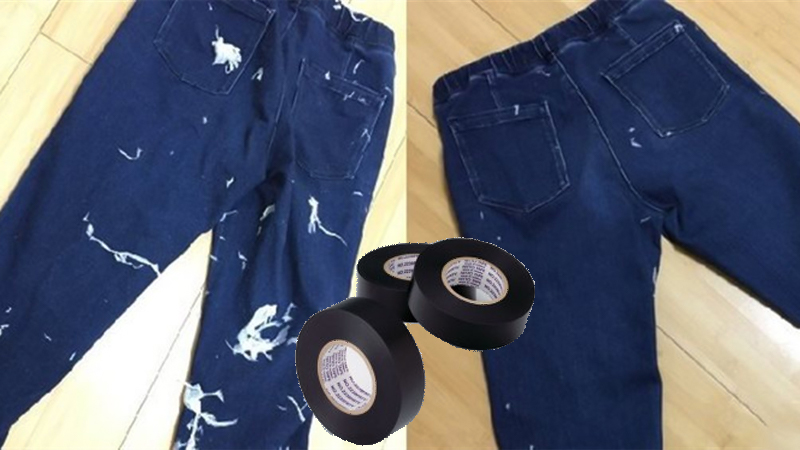
While this method can clean up the mess, it is time-consuming. To avoid this issue in the future, remember to check and empty your pockets before tossing your clothes into the washing machine.
Alternatively, you can invest in a lint roller or brush to quickly remove lint and debris from your clothes.
Sort Your Laundry Before Washing
Some types of clothing, such as sweaters and jeans, are more prone to shedding lint. To prevent lint from transferring to other clothes, it’s best to sort your laundry and hand-wash these items separately. This extra care will help maintain the quality of your delicate garments.

We hope that these tips will help you optimize your daily life and make a positive impact. Don’t hesitate to give them a try, and you might be surprised at the wonderful results that these small changes can bring.



























